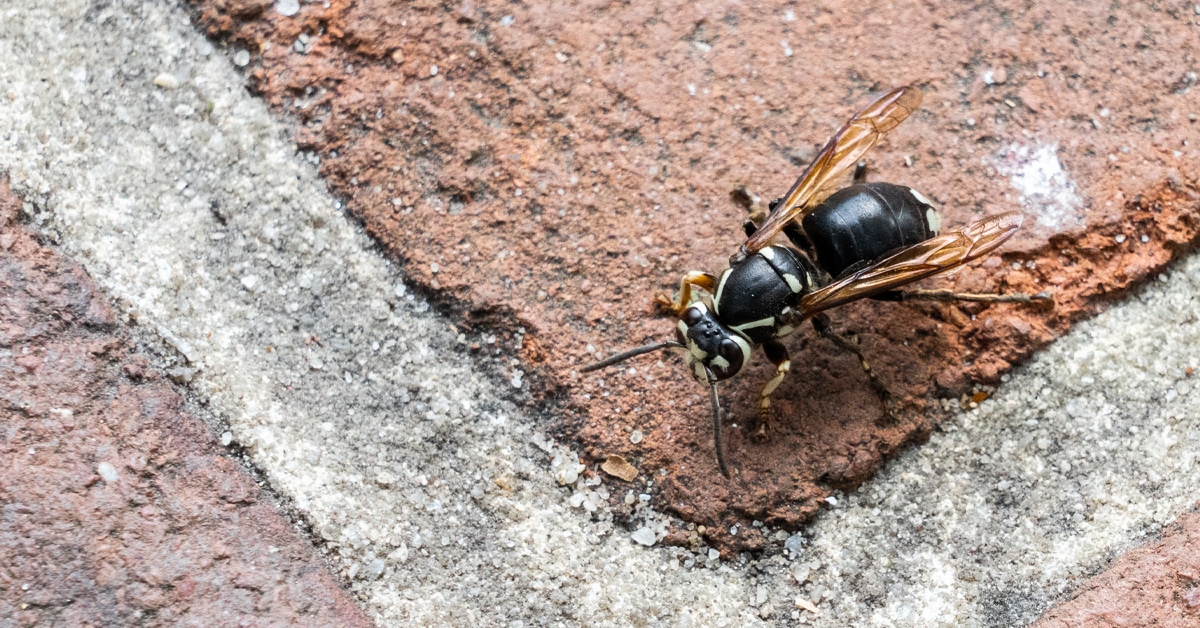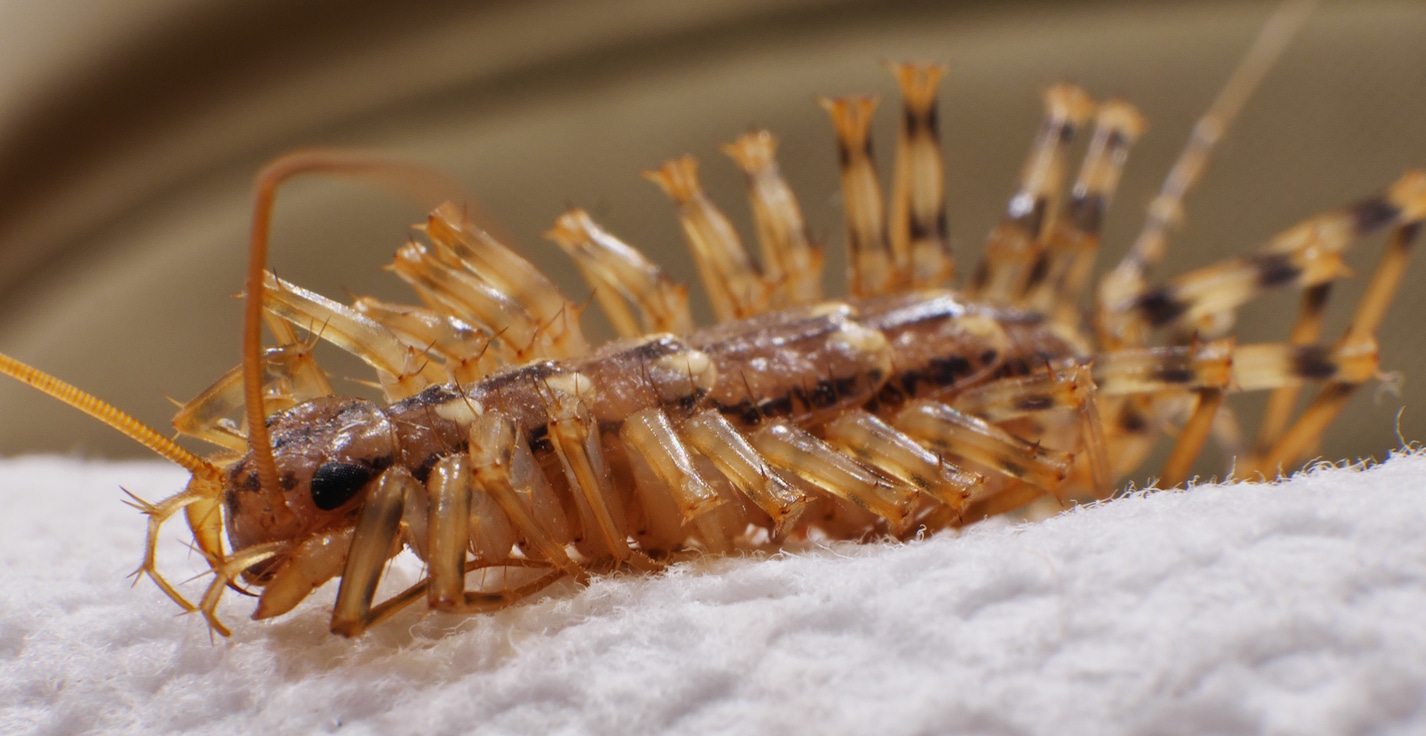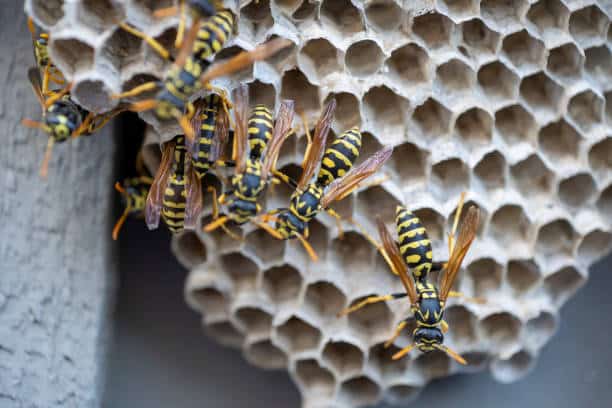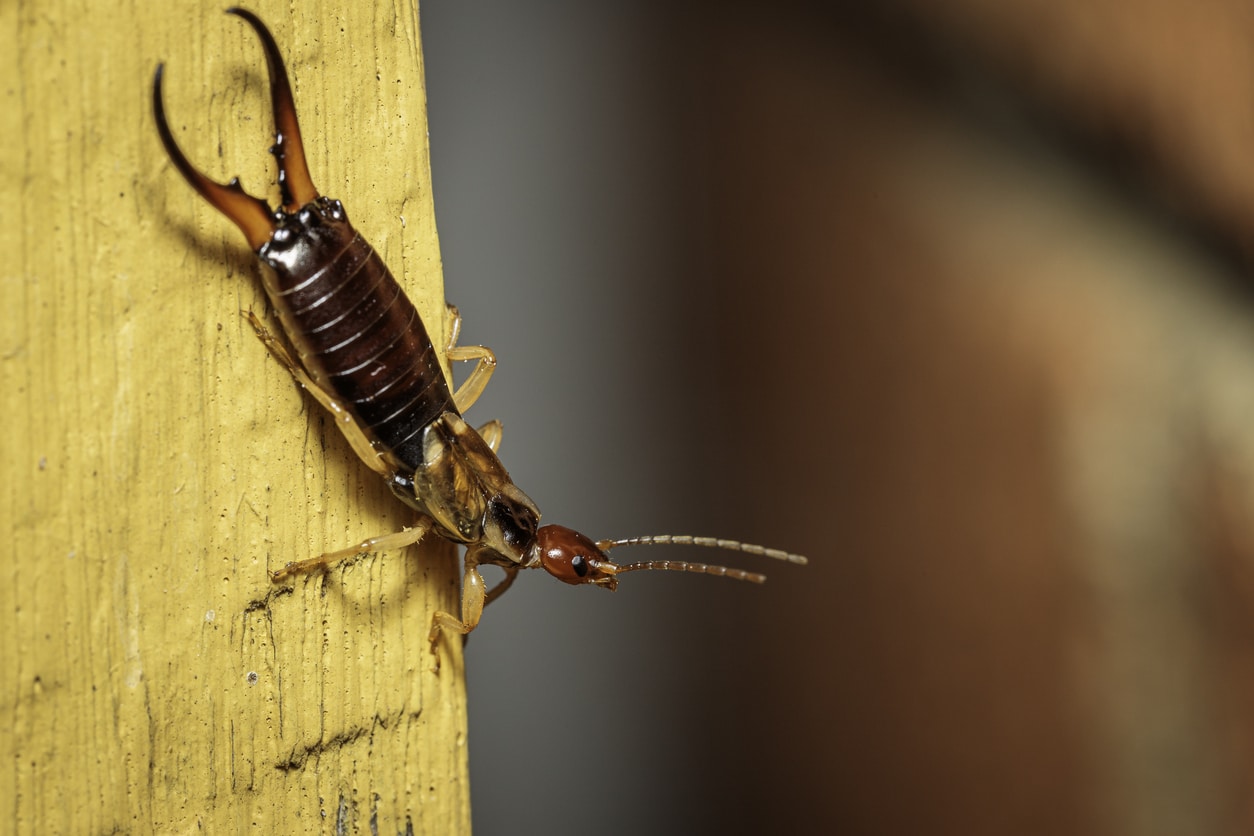The holidays bring cozy gatherings, festive decorations, and plenty of warmth indoors. But it’s not…

Identifying Bald Faced Hornets
We have finally reached the middle of summer, and while we may enjoy the weather and the days at the lake, one thing to look out for is bald faced hornets, who are particularly active from mid-July to mid-August.
Bald faced hornets (Dolichovespula maculata) are the most aggressive stinging insect in Michigan. Bald faced hornet stings are extremely painful, and the hornets can sting repeatedly (unlike bees, who are only able to sting once). If you have bald faced hornets, you definitely want to stay away from them and have a professional handle removal of the hive!
How can you identify bald faced hornets?
Well, in the first place, what time of year is it? If it is mid-July to mid-August, this is peak bald-faced hornet season. It is not impossible to see bald-faced hornets in June or later than mid-August, but it is extremely unlikely. However, yellow-jackets and paper wasps are also active during this time, so this alone is not a certain indicator.
Second, what color are they? Bald-faced hornets have a distinctively white color; in fact they are called “bald-faced” because of the white markings on their heads. They are also rather large, sometimes nearly an inch in link. So if you see white markings, you are most likely dealing with a bald-faced hornet.
But supposing they are moving too fast or you don’t particularly want to get close enough to examine the color. Probably the best way to identify bald-faced hornets is the shape of their nest. The bald-faced hornet nest is very distinctive and stands out among all other stinging-insect nests and hives. Bald-faced hornet nests are brown and circular shaped, at least when they are fully formed. They will always have a black hole at the bottom or close to the bottom. When they are fully developed, they may be as big as a football or even bigger. They are almost always found in the low hanging branches of trees, usually about 8-10 feet off the ground, but they can also appear dangling from man-made objects such as light fixtures. If what you are seeing matches this description, look out! You are dealing with bald-faced hornets.
Bald-faced hornets do not produce honey or anything useful, as bees do in their hives; their sole purpose for constructing such large hives is to protect the following seasons brood of larva from which they will draw their future queens. If you look inside a bald-faced hornets hive after it has been rendered inactive by a pesticide application, you will see that it is full of larva (see picture above).
Bald-faced hornets should always be treated by professionals. They are extremely aggressive if they feel threatened and they can sting repeatedly, making them very, very dangerous. Treatment for bald-faced hornet nests usually involves spraying or dusting an active hive, waiting ten or twenty minutes for the pesticide to take effect, then dusting the hive a second time before knocking it down and removing it. The process usually takes about 45 minutes.
Please exercise discretion when dealing with bald-faced hornets. Though it is cliche, this is one insect where you are definitely better safe than sort.


